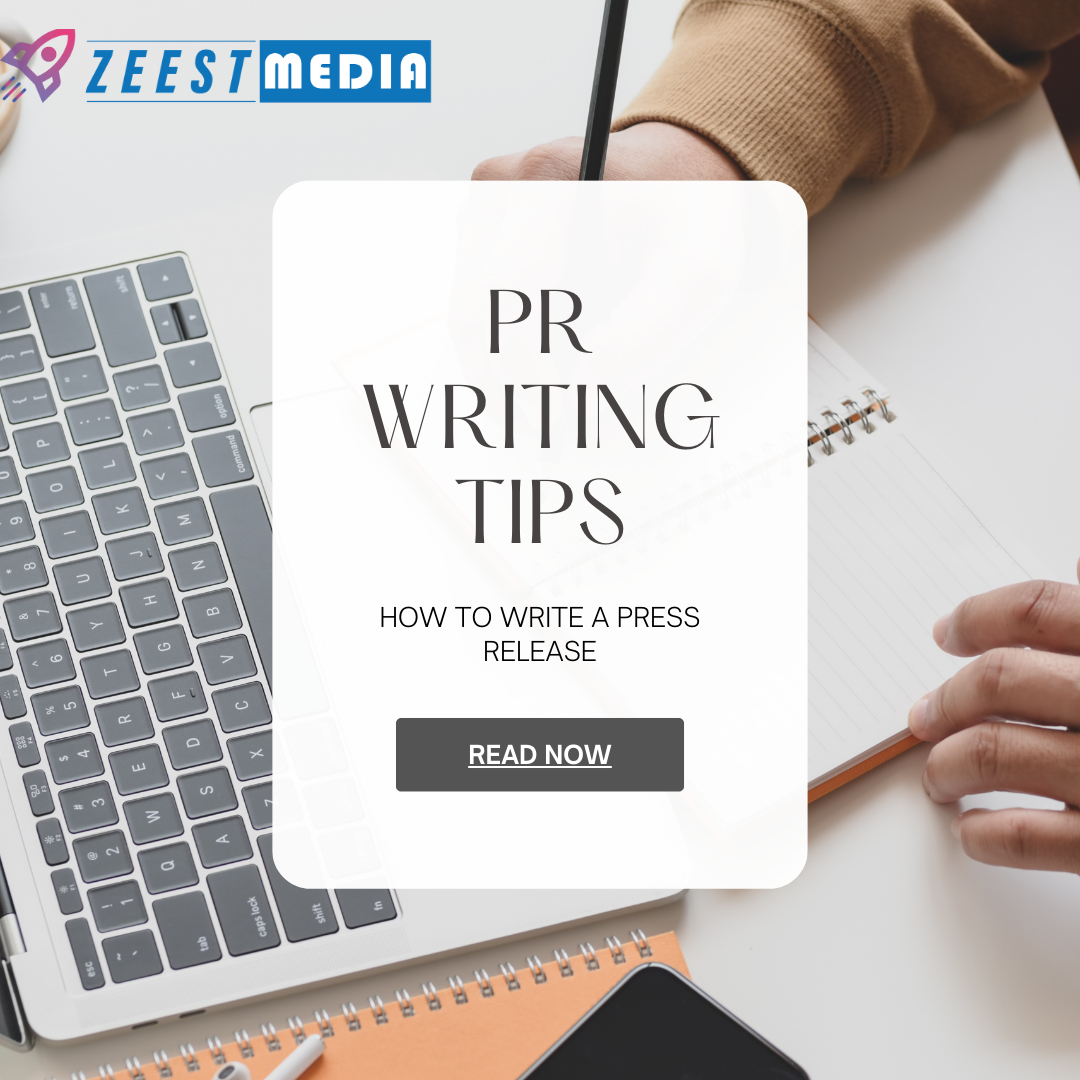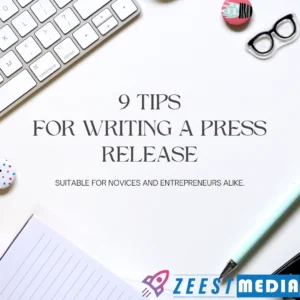Crafting a effective press release is an essential skill in the realm of public relations (PR), irrespective of a business’s scale. With a strategic approach, some practice, and the aid of press release templates, anyone can produce a press release that grabs attention and delivers desired outcomes.
A well tuned press release comprises several indispensable components: a gripping headline, an engaging lead paragraph, a well-structured body, and a robust boilerplate. Equally vital is understanding the nuances of various types of press releases and discerning the opportune moments for their deployment.
Why do you write a press release?
“A press release is a formal announcement, that a company sends out to journalists and other media outlets”.
Whether drafting a press release for a product launch, an upcoming event, broadcasting significant company achievements, or managing a crisis, tailoring the content to the specific context amplifies its impact. The use of a press release has several advantages.
How to write a press release?
We’ll walk you through the key steps to crafting a press release that captures attention and drives results.
1.) Identify Your Audience and Objectives
Before you put pen to paper (or fingers to keyboard), take the time to clearly define your target audience and the objectives of your press release. Who are you trying to reach? What action do you want them to take after reading your release? Understanding your audience and goals will help shape the content and tone of your press release.
2.) Craft a Compelling Headline
The headline is the first thing journalists and readers will see, so make it count. Keep it clear, concise, and attention-grabbing. Use strong language and highlight the most newsworthy aspect of your announcement. Aim for a headline that piques curiosity and entices people to read further.
3.) Write a Captivating Lead Paragraph
The lead paragraph, also known as the “lede,” should succinctly summarize the most important information in your press release. Think of it as a condensed version of your entire story. Answer the who, what, when, where, why, and how in the first few sentences to hook your readers and give them a reason to keep reading.
4.) Provide Relevant Details
After the lead paragraph, provide additional context and details to support your story. Include quotes from key stakeholders, statistics, and relevant background information. Make sure your information is accurate, timely, and relevant to your target audience. Avoid jargon and overly technical language that may confuse or alienate readers.
5.) Include Multimedia Elements
Enhance the visual appeal of your press release by including multimedia elements such as images, infographics, or videos. Visual content not only breaks up the text but also helps to engage readers and convey information more effectively. Make sure your multimedia elements are high-quality and relevant to your story.
6.) Stick to the Inverted Pyramid Structure
Follow the inverted pyramid structure, with the most important information at the top and additional details following in descending order of importance. This format makes it easy for journalists to quickly grasp the key points of your press release and decide whether it’s newsworthy.
7.) Proofread and Edit
Before sending out your press release, take the time to carefully proofread and edit it for grammar, spelling, and clarity. Typos and errors can undermine your credibility and detract from your message. Consider enlisting the help of a colleague or professional editor to review your press release with fresh eyes.
8.) Distribute Strategically
Once your press release is polished and ready to go, it’s time to distribute it strategically. Consider using a reputable press release distribution service to reach journalists, bloggers, and other media outlets. Personalize your pitches and follow up with targeted outreach to increase the likelihood of coverage.
9.) Measure and Analyze Results
Finally, measure the impact of your press release by tracking metrics such as media mentions, website traffic, and social media engagement. Analyze what worked well and what could be improved for future releases. Use this feedback to refine your approach and continue honing your press release writing skills.
By following these steps and best practices, you can increase your chances of grabbing the attention of journalists and influencers, earning media coverage, and ultimately achieving your communication goals. So, roll up your sleeves, get creative, and start writing your next newsworthy announcement!







